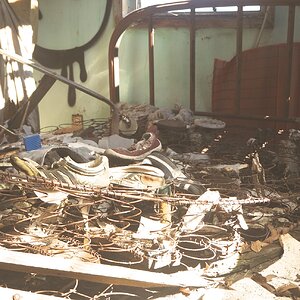JSpedding
TPF Noob!
- Joined
- Feb 7, 2010
- Messages
- 13
- Reaction score
- 0
- Location
- Lancashire, England
- Website
- www.jakspedding.co.uk
- Can others edit my Photos
- Photos NOT OK to edit
Hi guys I use a sony a900 as my main work horse but recently I have started using alot more film especially 5x4 sheet film and I have fallen in love with the Sinar system as a way of shooting but obviously film isnt really feasible in a commerical environment.
Anyway....in a few years I am hoping to move upto digital in either large or medium format and I have been looking into the various ways of doing it but wish to buy the camera now before they all become to expensive or ravaged by the passage of time.
Im thinking either buying a sinar and upgrading to the 22MP back (although in 2 years this will probably have changed) or buying a MF camera such as a Mamiya RZ or Fuji GX680 and doing likewise.
Does anyone have any experience with any of these? obviously the Sinar has to be tripod mounted but this isnt to much of a problem for me in fact I like it, the RZ seems the best as I can move around easily with it (compared to the GX680 which is the size of a small human)
Thanks in advance.
Anyway....in a few years I am hoping to move upto digital in either large or medium format and I have been looking into the various ways of doing it but wish to buy the camera now before they all become to expensive or ravaged by the passage of time.
Im thinking either buying a sinar and upgrading to the 22MP back (although in 2 years this will probably have changed) or buying a MF camera such as a Mamiya RZ or Fuji GX680 and doing likewise.
Does anyone have any experience with any of these? obviously the Sinar has to be tripod mounted but this isnt to much of a problem for me in fact I like it, the RZ seems the best as I can move around easily with it (compared to the GX680 which is the size of a small human)
Thanks in advance.


![[No title]](/data/xfmg/thumbnail/38/38731-d96a4449258a238d3de11f3c4adffc36.jpg?1619738702)
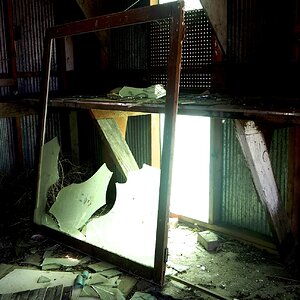
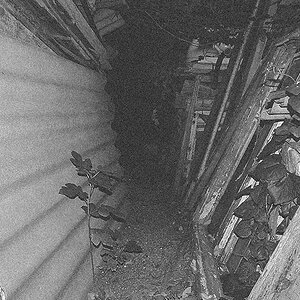
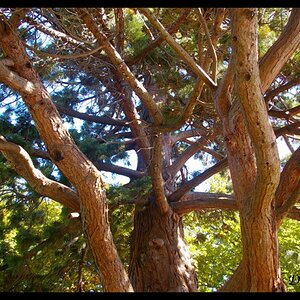

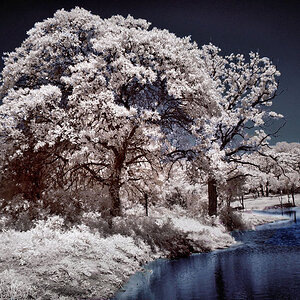
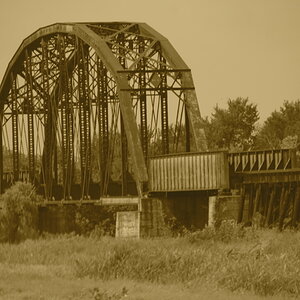
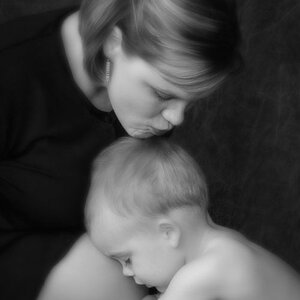
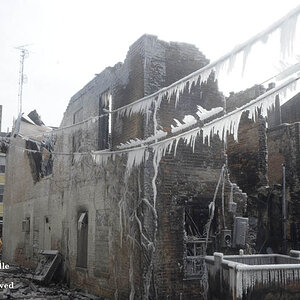
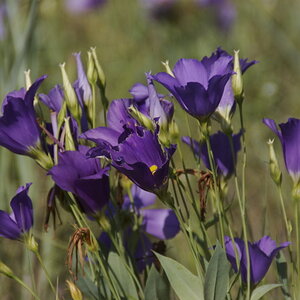
![[No title]](/data/xfmg/thumbnail/32/32172-e383665a8becbae2d9a6b61359dae22e.jpg?1619735234)
